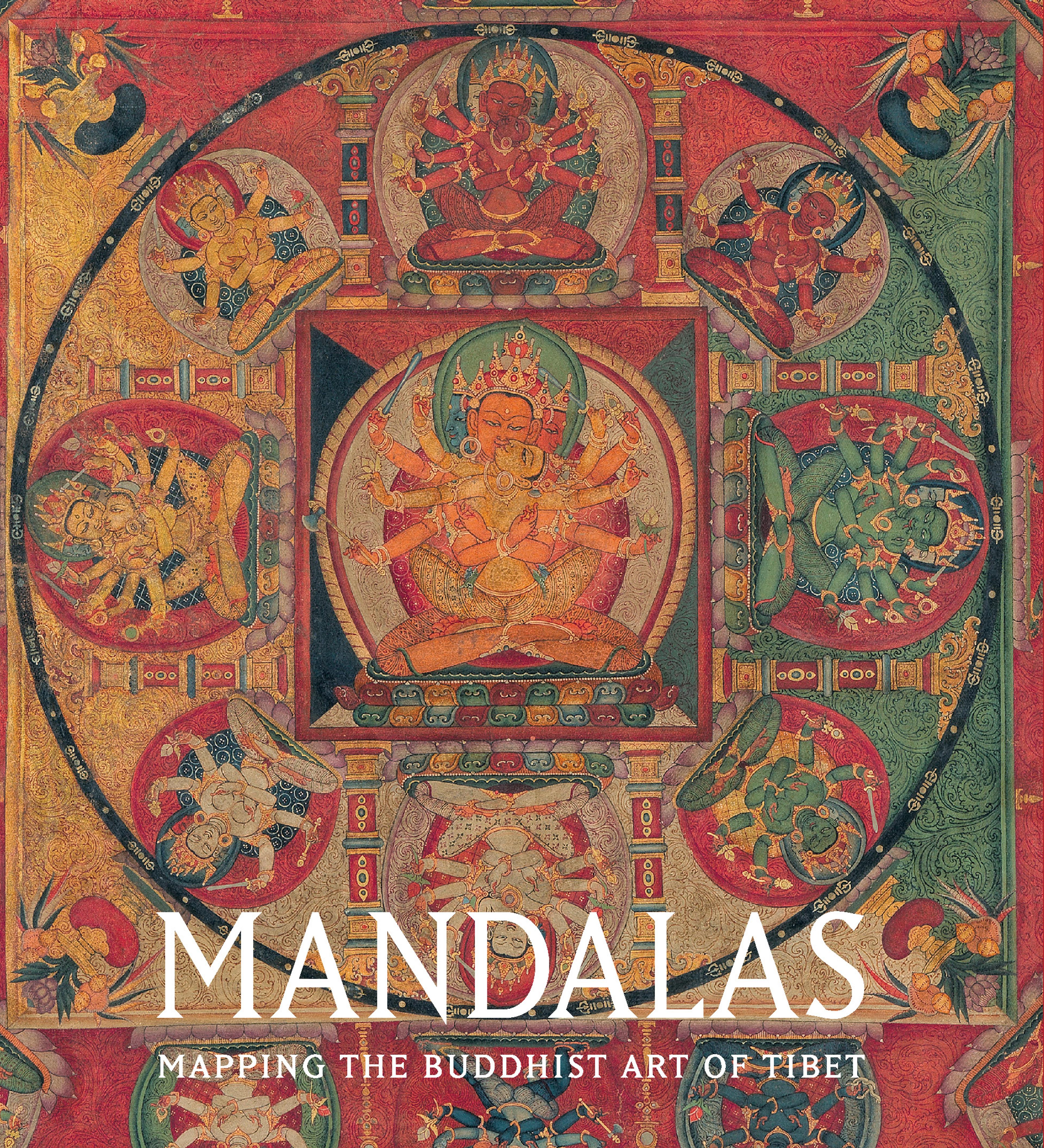Manjushri, the Bodhisattva of Transcendent Wisdom
This monumental appliqué shows Manjushri with his identifying attributes—a sword and book on adjacent lotuses—riding a blue lion. Manchu rulers, especially Emperor Qianlong (r. 1736–95), revered this bodhisattva; the Suzhou imperial workshop likely fabricated the piece as a gift to a Tibetan monastery. Various silks were used: silk strips to suggest the volume of the folds in his garment and couched silk cords to delineate the lion’s mane and tail. Above, the blue Buddha Akshobhya attests to Chinese familiarity with Tibetan conventions. At lower left is the pilgrim Sudhana, the ideal devotee who receives teachings from Manjushri.
Artwork Details
- Title: Manjushri, the Bodhisattva of Transcendent Wisdom
- Period: Qing dynasty (1644–1911)
- Date: 17th–18th century
- Culture: China
- Medium: Silk appliqué with damask, satin, brocade, and leather substrate with silver finish and embroidery with silk cord
- Dimensions: Overall: 160 x 92 in. (406.4 x 233.7 cm)
- Classification: Textiles-Embroidered
- Credit Line: John Stewart Kennedy Fund, 1915
- Object Number: 15.95.154
- Curatorial Department: Asian Art
More Artwork
Research Resources
The Met provides unparalleled resources for research and welcomes an international community of students and scholars. The Met's Open Access API is where creators and researchers can connect to the The Met collection. Open Access data and public domain images are available for unrestricted commercial and noncommercial use without permission or fee.
To request images under copyright and other restrictions, please use this Image Request form.
Feedback
We continue to research and examine historical and cultural context for objects in The Met collection. If you have comments or questions about this object record, please contact us using the form below. The Museum looks forward to receiving your comments.
